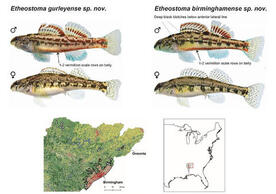
The discovery in 2019 of a lone small female tortoise living on one of the most inaccessible islands of the Galapagos Islands has baffled evolutionary biologists. Only one other tortoise, a large male discovered in 1906, has ever been found on Fernandina Island, an isolated island on the western edge of the iconic archipelago. A comparison of the genomes of Fernanda (as researchers call the recently discovered 50-year-old tortoise) and the 20th century male specimen now housed at the California Academy of Sciences, revealed that the two animals are closely related, doubling the number of known members of Chelonoidis phantasticus, Yale University researchers report on June 9 in the journal Communications Biology. But the discovery has raised many more questions. “Vast amounts of the genomes are similar between the two animals, but the process that explains how this happened we just don’t know,” said YIBS Affiliated Faculty member, Adalgisa Caccone, a senior research scientist and lecturer in Yale’s Department of Ecology & Evolutionary Biology and senior author of the study. “This also shows the importance of using museum collections to understand the past.” Evelyn L. Jensen of Newcastle University in the United Kingdom and Stephen J. Gaughran of Princeton are co-first authors of the paper. For more information, please click here for an article published by Yale News. To access the full study, click here.



